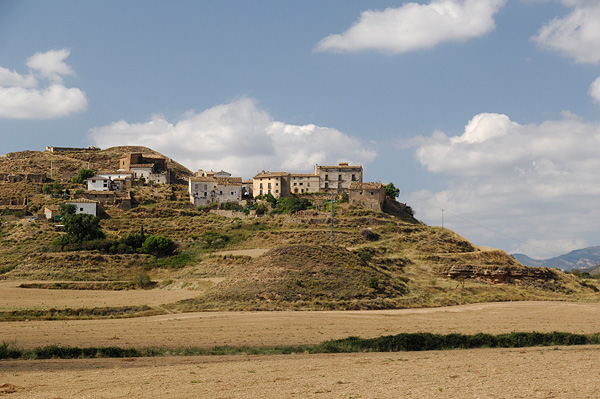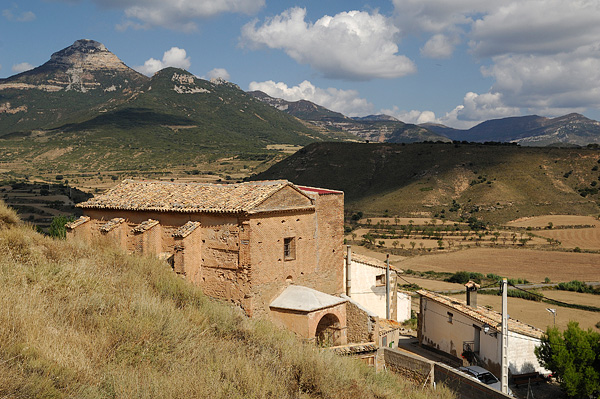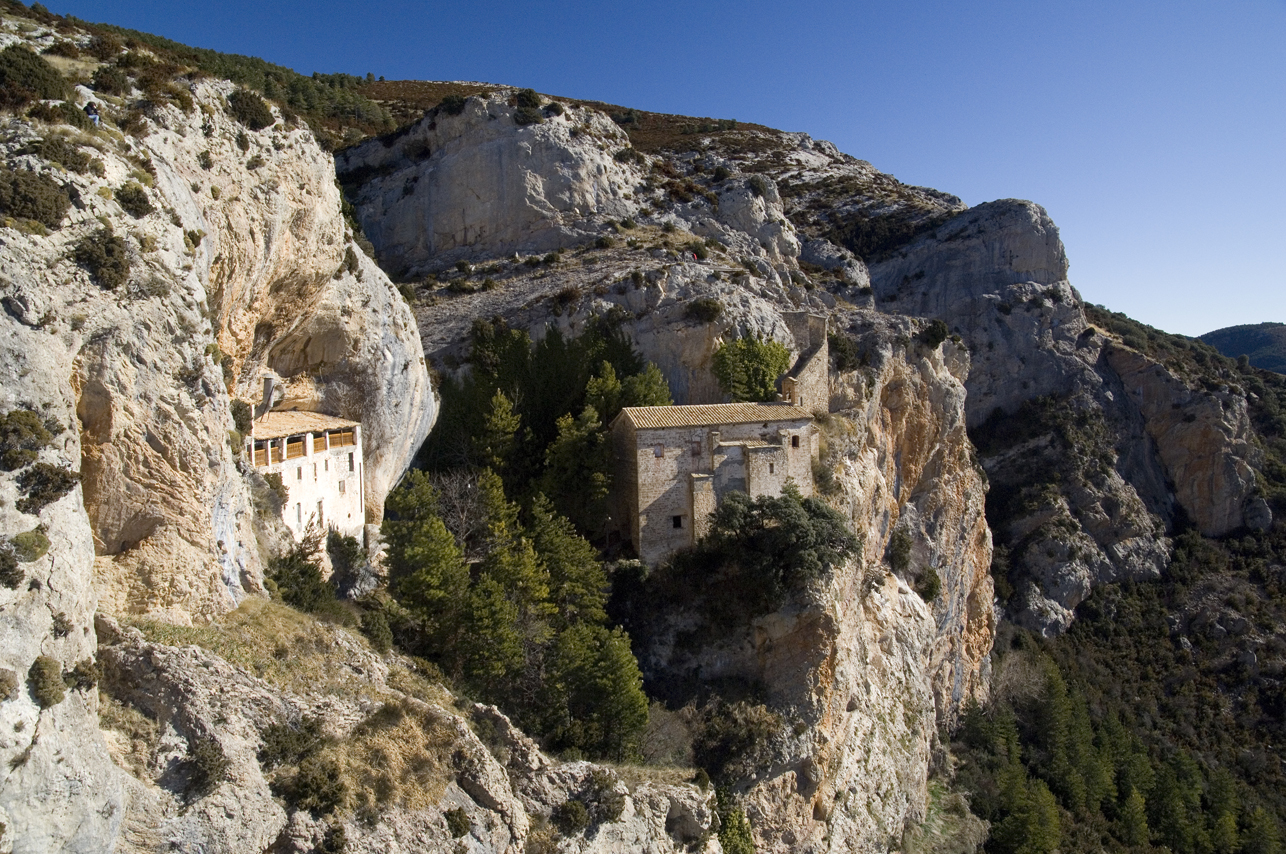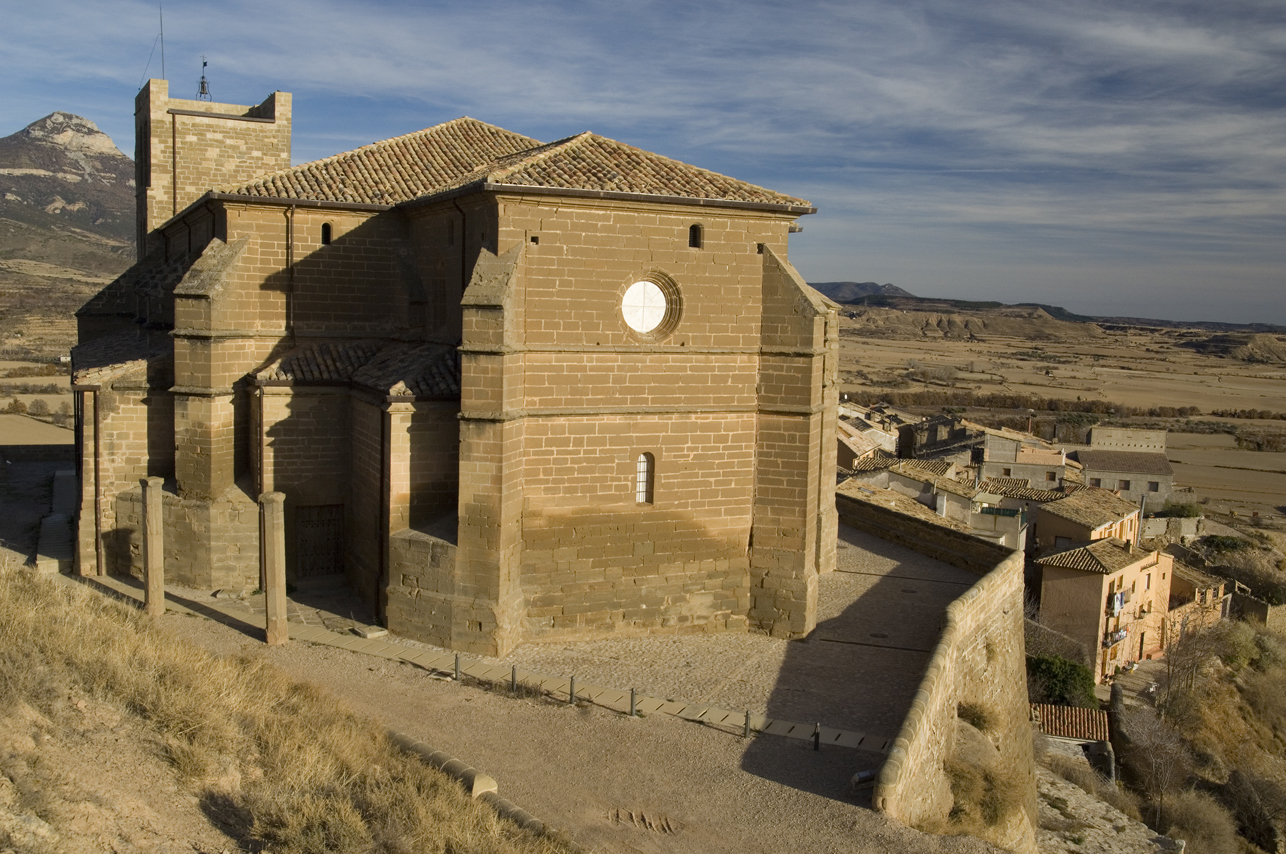
The quaint village of Puibolea is a great place to visit not only for its location, on the banks of the Venta River that starts in the Sierra de Gratal, but also for the nearby attractions that can easily be reached from the village, like Bolea, Loarre, and Aniés.

The village is home to a number of interesting large cellars carved into the land, traditional structures that have existed in the region for millennium.
Nearby, visitors can see the remains of Iberian-Roman and Hispanic-Visigoth settlements.
Another point of interest are the salt springs, like the Casa de La Salina, which have been used since ancient times.

The peaceful village of Aniés is found halfway between Bolea and Loarre.
Its streets are home to interesting 17th- and 18th-century aristocratic houses and its Parish Church of San Esteban, like those of other villages in the region, dates back to 12th-century Romanesque style, its shape modified over the centuries in different styles, enriching both the church's structure and interior.
However, Aniés' most fascinating attraction is its rock-carved Chapel of the Virgen de la Peña, a highly revered sanctuary in the area. Clinging to the rocky mountainside, it seems as if it were floating in air, and the Church is framed by one of the most visible cavities on the south slope of the Sierra Caballera.
The rock-carved Chapel of San Cristobal is located in the same mountain range and can be reached from Aniés and Bolea. The village is also crossed by a range of different routes and trails: the trail to the Loarre castle, the third stage of the Hoya de Huesca nature trail, the trail to to Rasal...
The village celebrates its annual festivals on May 9th in honor of St. Gregory, on August 6th to celebrate St. Stephen, and participates in the special yearly pilgrimage to the Virgen de la Peña.

The rock-carved Chapel of San Cristobal is located in the same mountain range and can be reached from Aniés and Bolea. The village is also crossed by a range of different routes and trails: the trail to the Loarre castle, the third stage of the Hoya de Huesca nature trail, the trail to to Rasal...
The village celebrates its annual festivals on May 9th in honor of St. Gregory, on August 6th to celebrate St. Stephen, and participates in the special yearly pilgrimage to the Virgen de la Peña.
Continue walking uphill and around the church to discover a viewpoint at the top of the hill. There was almost certainly once an old fortress during the Middle Ages here that was used as a watchtower and for the defense of these mountains.
The village has a privately owned Ethnological Museum: Casa Santas.
Nearby is the Romanesque-style Chapel of the Virgen de Mueras, with capitals that feature zoomorphic elements, as well as the trail that leads to the Chapel of San Cristóbal.
Bolea, a special stopping point along the Camino de Santiago (Way of St. James), is known as a cherry-growing area, and its fair is held in mid-June.
The village celebrates its annual festivals on January 20th in honor of St. Sebastian, and on August 24th to celebrate St. Bartholomew.